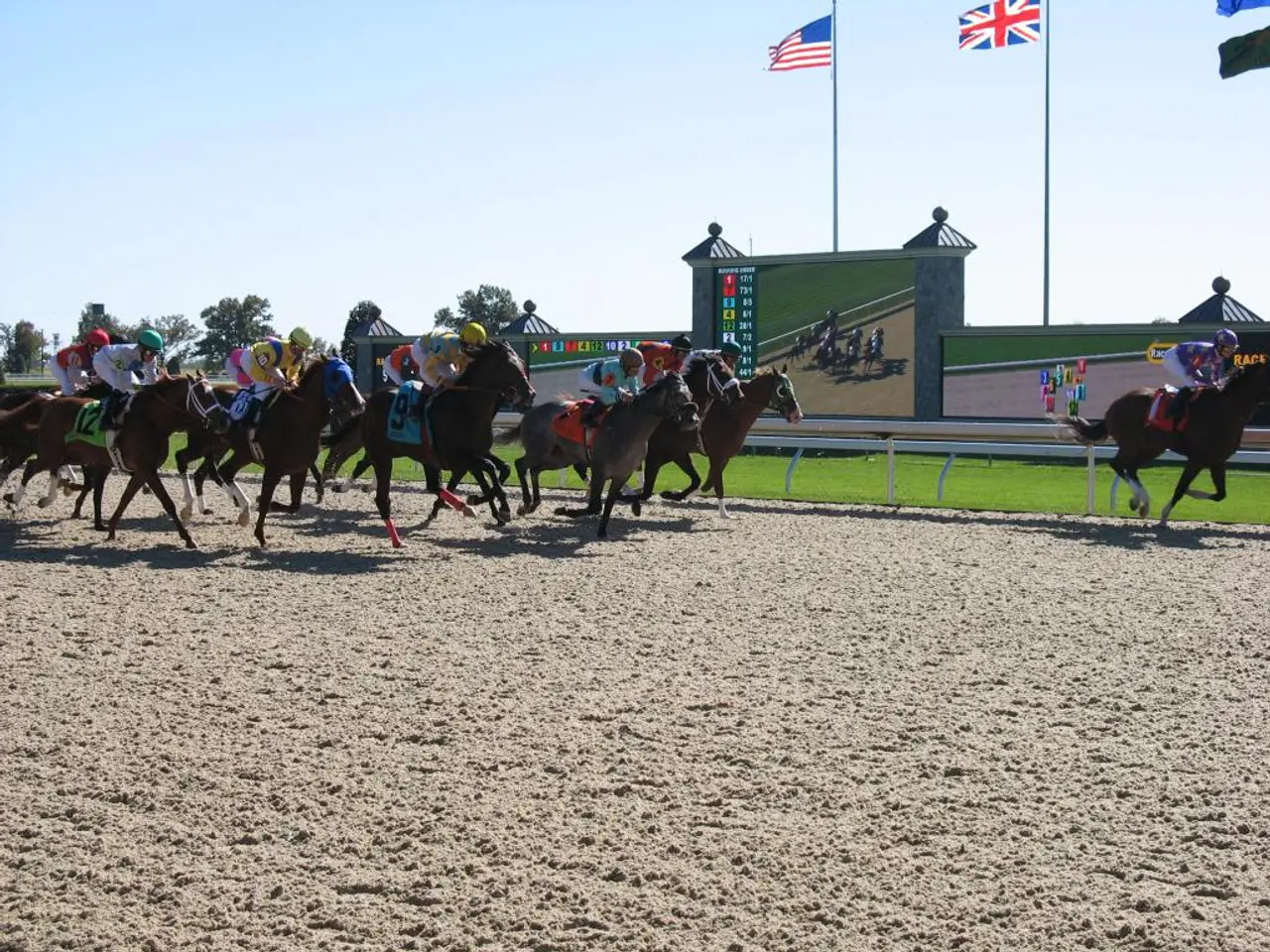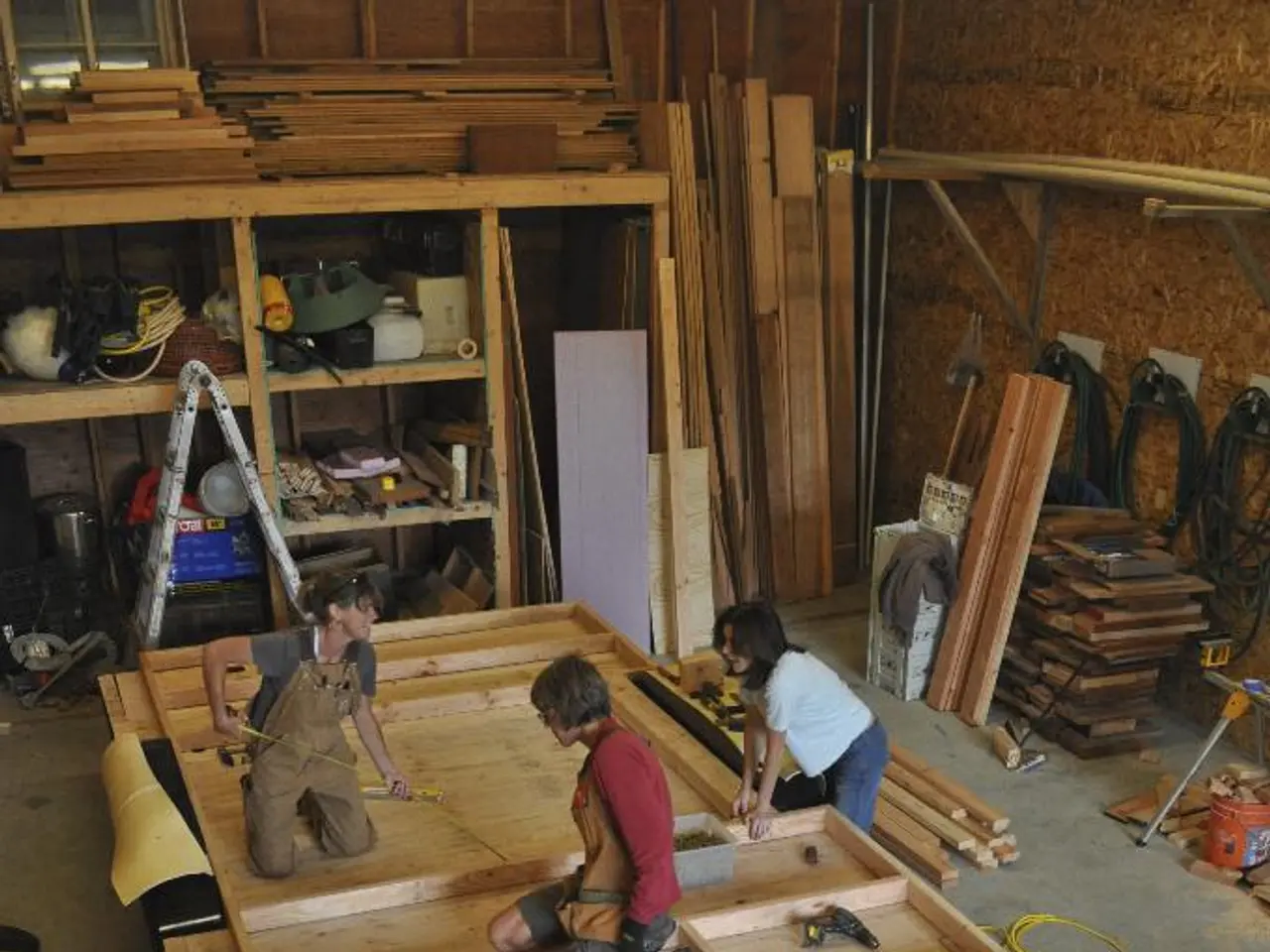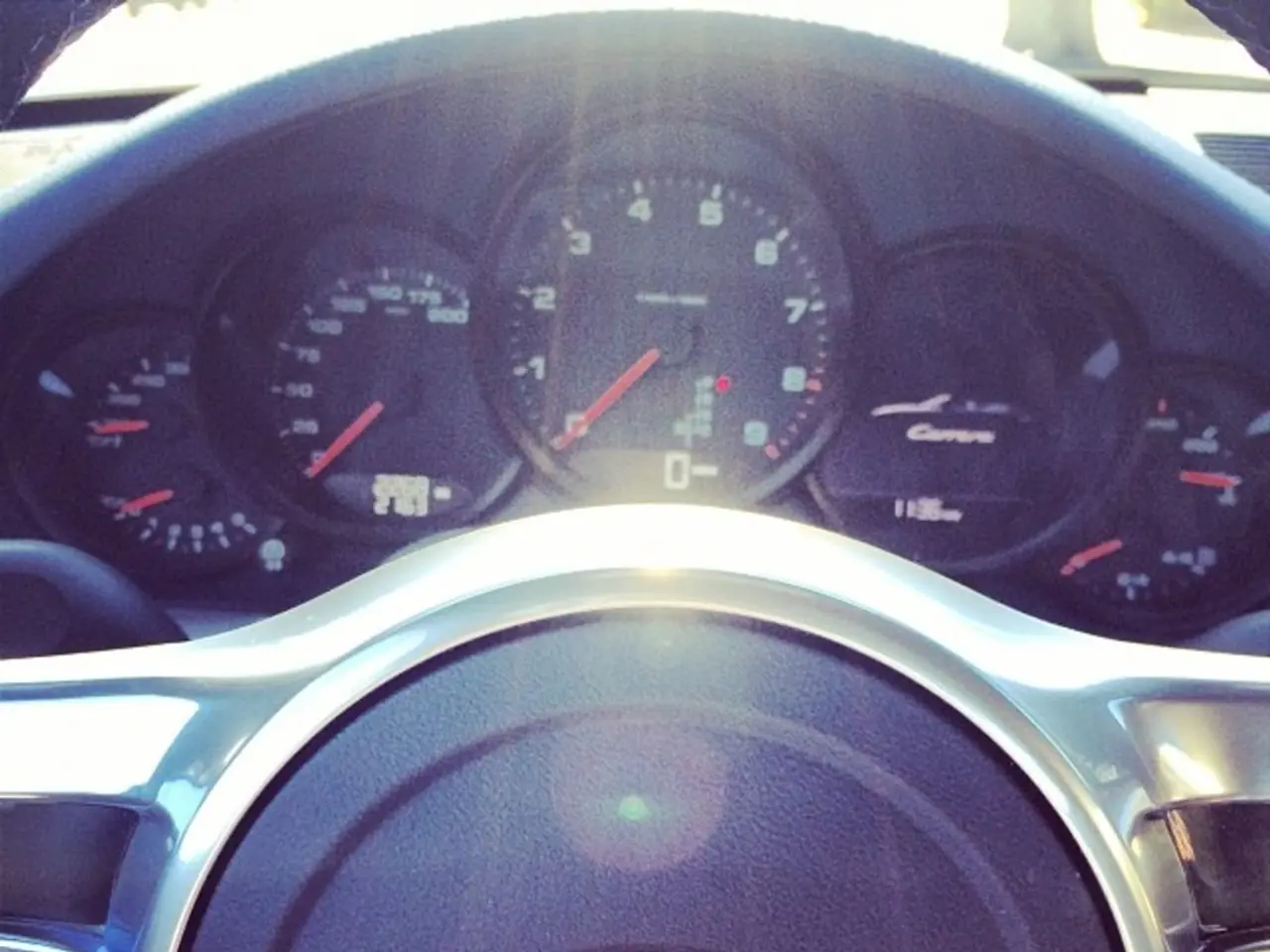Impact of Technology on the Precision of Horse Racing Outcomes!
In the world of horse racing, a sport steeped in history and tradition, technological advancements have played a significant role in enhancing the precision, fairness, and integrity of the competition.
Horse racing, one of the oldest organized sports, has come a long way from the "walk-up starts" of its early days. Today, modern starting stalls equipped with computerized gates and sensors ensure a fair and simultaneous start for all participants, minimizing false starts and uneven breaks. This technological control has greatly reduced human error at the start of races, contributing to a more level playing field.
The introduction of high-speed, high-resolution photo finish cameras has also revolutionized the sport. These systems capture extremely precise images of the finish line, allowing officials to determine the exact order of horses even in very close races. This is a vast improvement over earlier manual or less sophisticated timing methods.
Instant replay technology has further bolstered the fairness of horse racing. Race stewards can now review footage immediately to confirm race results and investigate any incidents like fouls or interference. This capability promotes fairness by enabling data-driven decisions on any disputes or protests.
Post-race drug testing has also seen significant improvements, thanks to advances in analytical chemistry and biotechnology. Modern testing techniques can detect even trace amounts of prohibited substances, helping to enforce rules strictly and deter doping, thereby safeguarding the integrity of outcomes.
The barrier start, introduced in Australia in 1894, was another significant development in the sport's history. Horses were lined up to a barrier stretched across the track, reducing the risk of false starts and uneven breaks. However, the barrier start did not eliminate false starts completely, and sometimes horses would endanger themselves by getting tangled in the barrier.
In the 1930s, Clay Pruett's design of automatic starting stalls became popular in the United States, which helped keep horses in place prior to racing and minimized jockey interference. This innovation is still widely used today.
The strip camera, developed in the late 1930s, was designed to capture only objects in motion and act fast enough to capture the precise moment a horse's nose crosses the finish line. This technology has been instrumental in determining the exact order of horses in close races.
Despite these advancements, incidents like the disqualification of Maximum Security from the 2019 Kentucky Derby for interference and the disqualification of Medina Spirit from the 2021 Kentucky Derby first place for having too much betamethasone in his system, remind us that the pursuit of fairness in horse racing is an ongoing process.
In the digital age, virtual and AI technologies are emerging to simulate and analyze racing outcomes, underscoring ongoing digital innovation linked to fairness. The use of such technologies, combined with the advancements in starting stalls, photo finish cameras, instant replays, and post-race drug testing, has markedly strengthened the objectivity, reliability, and equity of horse racing results.
[1] Historical Development of Horse Racing Technologies [5] The Impact of Technology on Horse Racing Fairness
[1] The historical development of horse racing technologies has seen a shift from the "walk-up starts" of early days to modern starting stalls equipped with computerized gates and sensors, which ensure a fair and simultaneous start for all participants.
[5] In the digital age, the use of virtual and AI technologies simulation and analysis of racing outcomes, combined with advancements in starting stalls, photo finish cameras, instant replays, and post-race drug testing, has markedly strengthened the objectivity, reliability, and equity of horse racing results.




